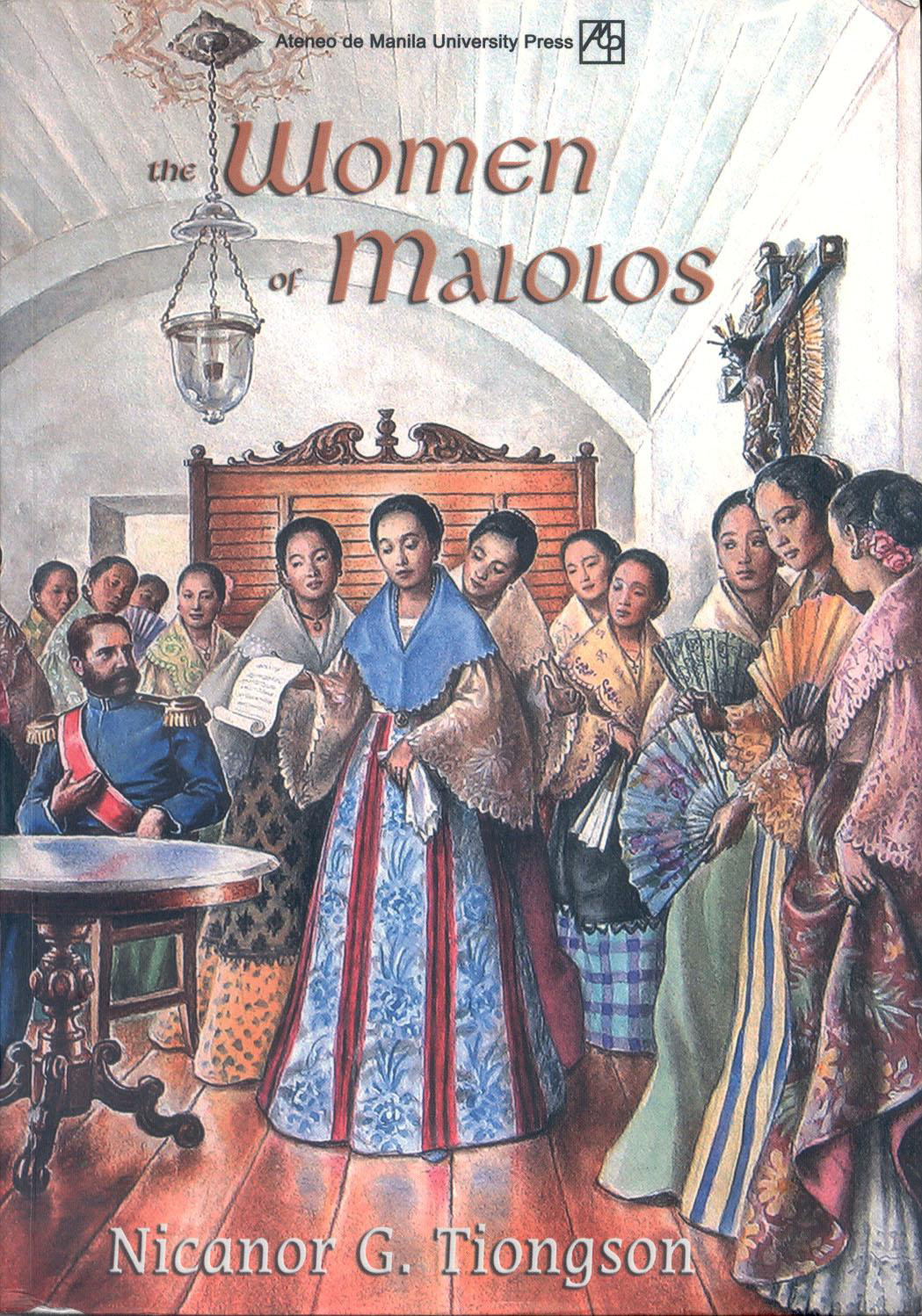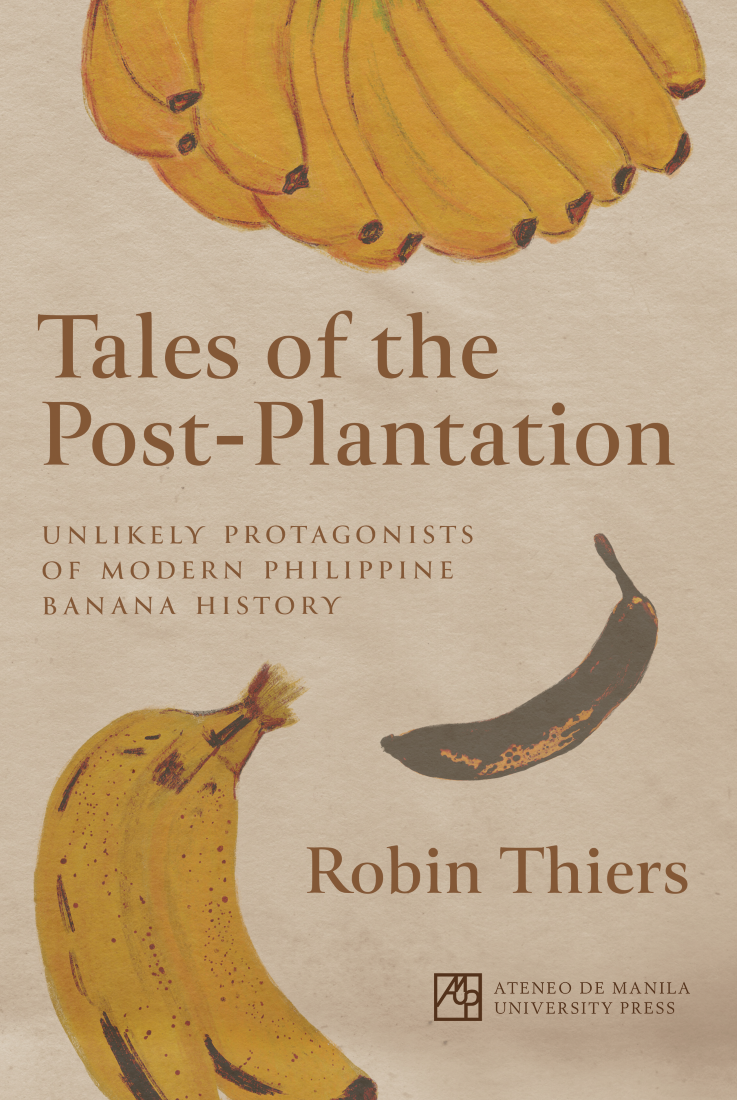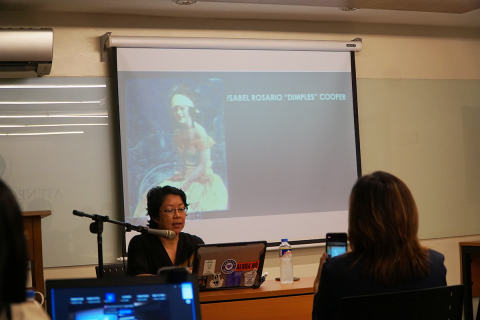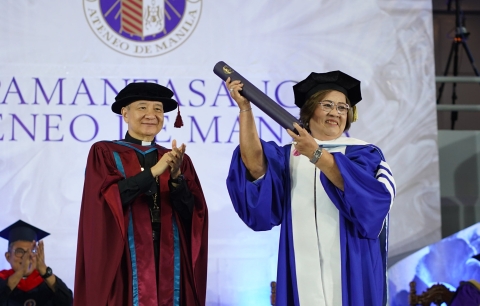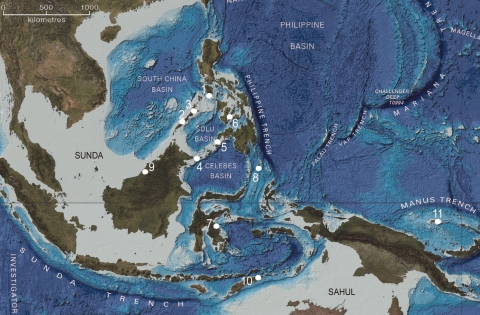What to read this National History Month
15 Aug 2024 | Ateneo University Press
The past is not as uncharted as we are led to believe. Some have determinedly taken up the task of investigating the stories that have been buried by time, stories our memory has failed to remember, and stories that have been cast aside in favor of grander narratives. For this National History Month, we spotlight the many underappreciated perspectives that form the backbone of our national history. Through this list of books, let us journey through the country and the tumultuous past, our minds and hearts open to the truths that will be uncovered.
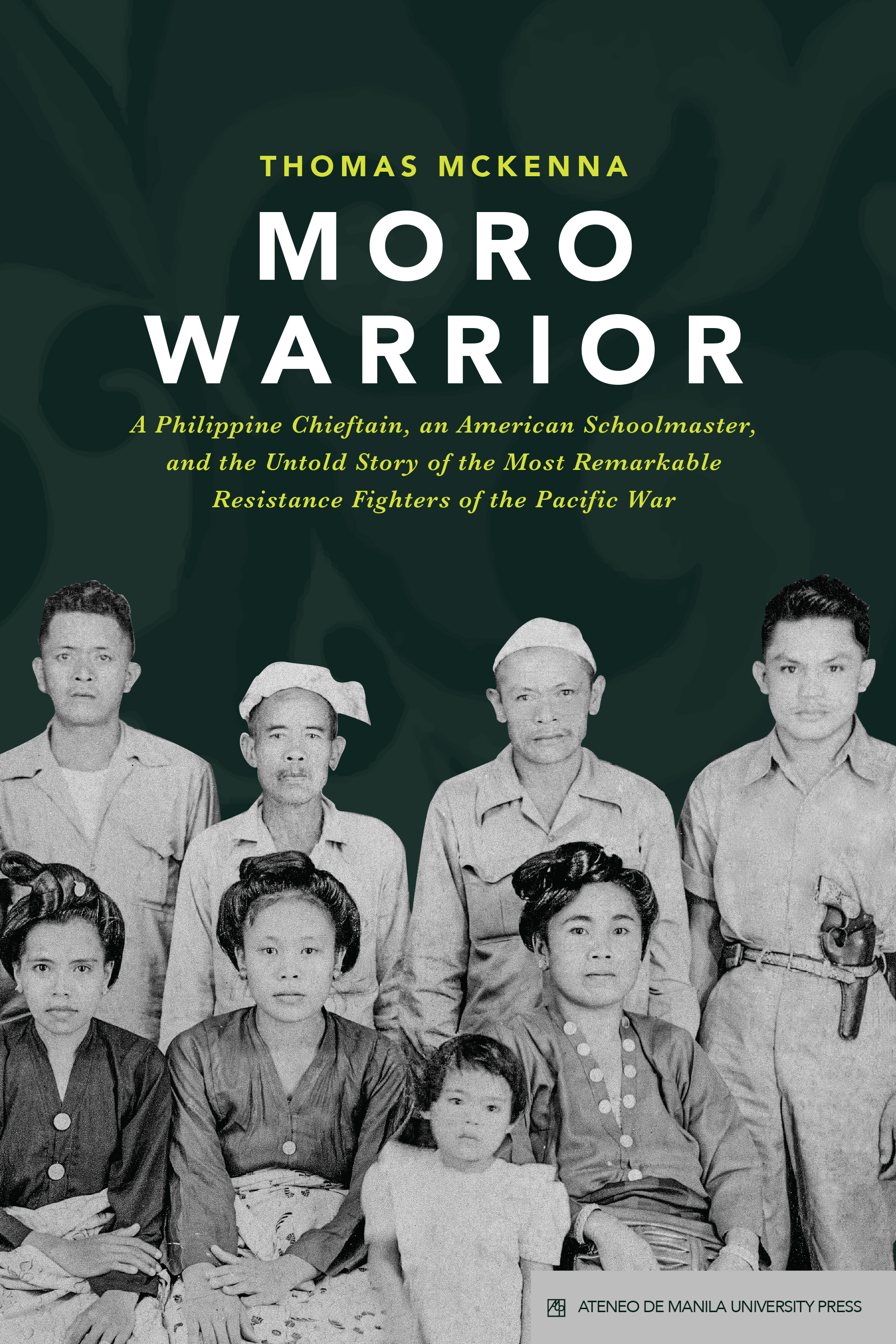
Moro Warrior: A Philippine Chieftain, an American Schoolmaster, and the Untold Story of the Most Remarkable Resistance Fighters in the Pacific War by Thomas Mckenna
It is an unfortunate truth that not all histories are treated fairly, many don’t get the recognition they deserve. Moro Warrior finally puts a spotlight on the least-known yet most successful guerilla fighters of the Pacific War, who consistently outfought the Japanese Imperial Army. Mckenna offers a rare and riveting view into the life of Mohammad Adil—his adventure-filled coming-of-age and his experiences during the war as a skilled Moro chieftain who earned the reputation of a man who could not be killed. The book compiles Adil’s personal recollections and the wartime writings of Edward Kuder, his foster father, American colonial official, and sole chronicler of the early Moro resistance.
Available at our bookshop in Bellarmine Hall.
The Women of Malolos by Nicanor G. Tiongson
Many of us have heard of Jose Rizal’s Letter to the Women of Malolos but what do we know about their stories? Through archival research, interviews, and oral accounts, Tiongson paints an evocative portrait of nineteenth-century Malolos. He delves into the political and economic conditions that stoked the nationalist fervor of its people, all the while infusing the discussion with intimate details of everyday life. Most importantly, he provides the biographies of the twenty women who dared to defy convention and petitioned for their right to be formally educated. Whisking them away from the anonymity of the past, these biographies reveal the women’s colorful personalities and their steadfast efforts in the liberation of their fellow Filipinos.
Available at our book shop in Bellarmine Hall.
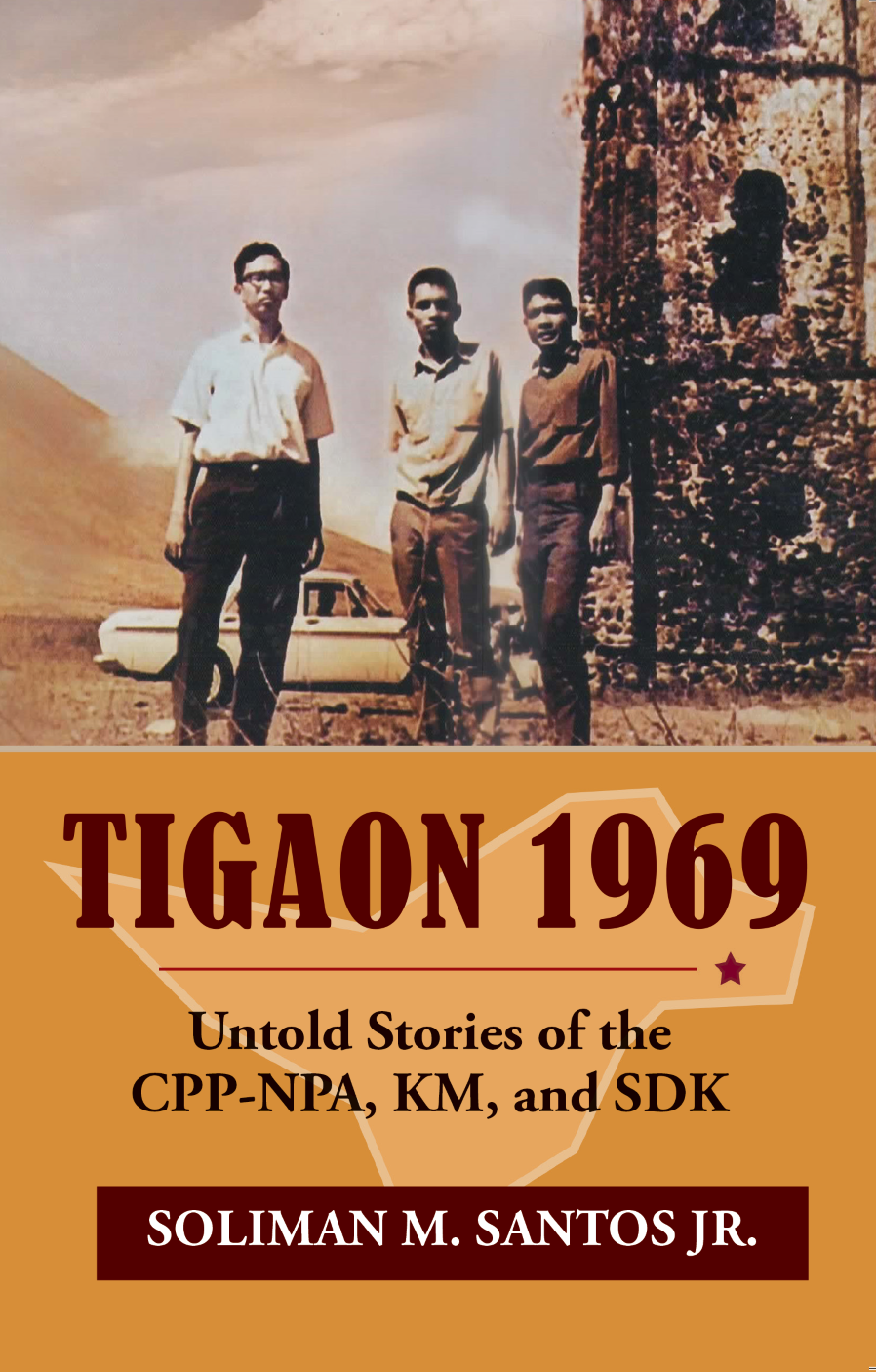
Tigaon 1969: Untold Stories of the CPP-NPA, KM, and SDK by Soliman M. Santos Jr.
There is no one way to view history as it is contentious. There are many sides to history but there are also many misconceptions. Soliman M. Santos Jr. asserts a new understanding of the beginnings of the revolutionary movement in Bicol in 1969. Intimate and conversational in its tone, the book fleshes out the ambitions and struggles of the movement’s pioneers as they strived for progressive change. Santos also includes a thorough investigation of the dynamics between two nat-dem youth organizations active during the Martial Law era, Kabataang Makabayan (KM) and Samahang Demokratiko ng Kabataan. He then connects his insights to the consequential historical, strategic, and ideological questions the country faces with the return of a Marcos presidency.
Get your copy in paperback: Website, Lazada, and Shopee
Tales of the Post-Plantation: Unlikely Protagonists of Modern Philippine Banana History by Robin Thiers
Bananas are a staple of the Filipino diet but how much do we actually know about their cultivation in the past and present? Robin Thiers combines theory, method, data, and literature to explore the political, economic, and cultural issues relevant to Philippine banana plantations in Davao City. Veering away from the usual capital-centric discussion on the issue, Thiers instead centers this book on three unlikely protagonists: small-scale farmers, a fungus, and the bananas themselves. He delves into their complex relationships with each other, revealing an intricate tale of chaos, resistance, and resilience. Tales of the Post-Plantation asks the question: “Would it be possible to imagine a post-plantation? A space in which we make life grow not through alienation, discipline, and control but based on entanglement, encounter, and surprise?”
Get your copy in paperback: Website, Lazada, and Shopee
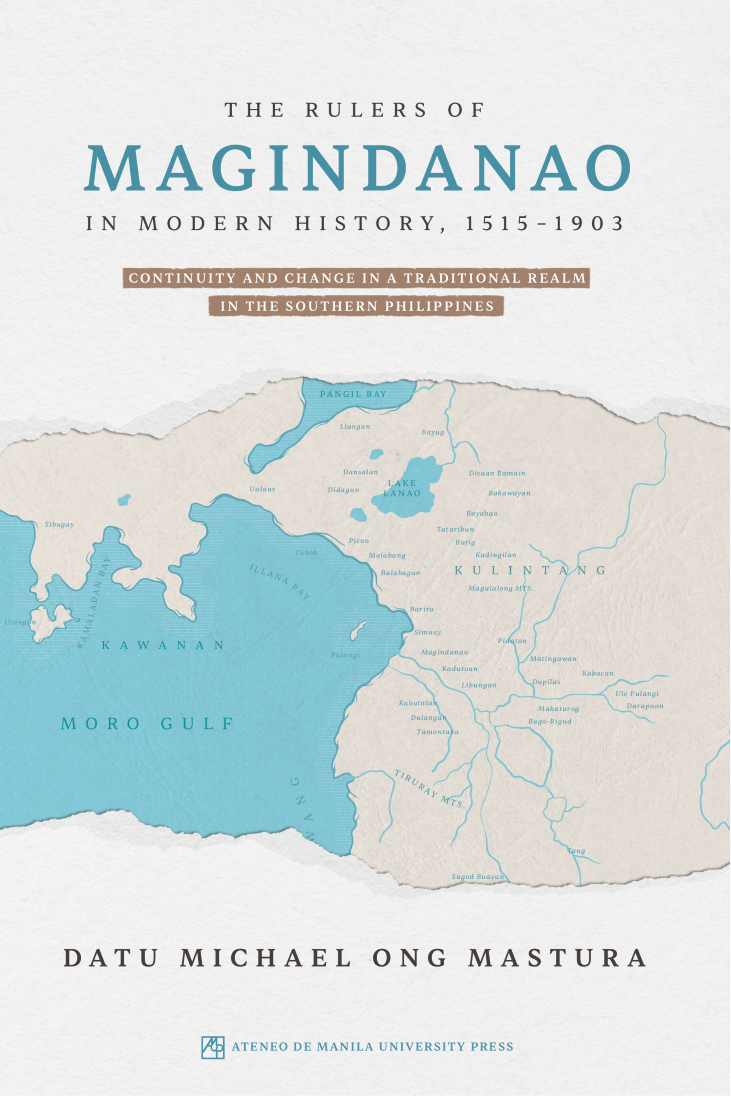
The Rulers of Maguindanao in Modern History, 1515-1903: Continuity and Change in a Traditional Relam in the Southern Philippines
Despite being historically undervalued, scholarly works on Moro and Mindanao continue to flourish. Datu Michael Ong Mastura reconstructs the dynastic history of the Sultanate of Magindanao, spanning 388 years from 1515 to the establishment of the Moro Province by the Americans in 1903. Ambitious and expansive in its endeavor to provide a nuanced portrait of the region, Matsura shares the stories of these rulers—and their complex political and personal maneuverings as they responded to their ever-shifting political, economic, and cultural contexts. He includes a deeper discussion on the unique social structure and culture of Maguindano that set them apart from Philippine lowland society and strengthened their resistance to European colonialism.
Get your copy in paperback: Website, Lazada, and Shopee
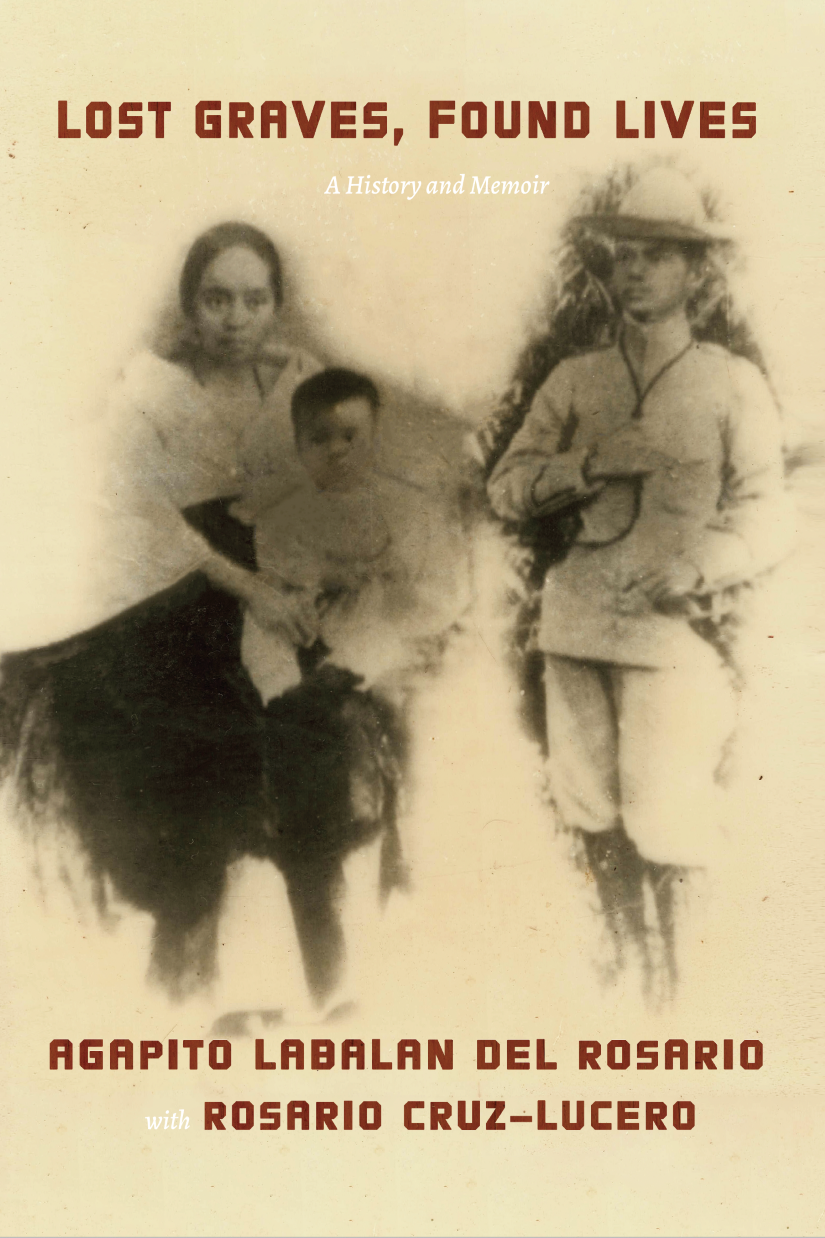
Lost Graves, Found Lives: A History and Memoir by Agapito Labalan del Rosario with Rosario Cruz-Lucero
We keep the past alive through storytelling. Agapito Labalan del Rosario pieces together stories passed down through generations and extensive historical research to tell his family’s story—one filled with heartbreak, struggle, and sacrifice. The del Rosarios and Abad Santoses are two Kapampangan clans that have produced many nationalists and freedom fighters who defended our country during the revolution against Spain, the Filipino-American War, and the Second World War. Lost Graves, Found Lives turns readers into witnesses of a vivid past, with the hope that it will contribute to our understanding and appreciation of our history as a nation.





